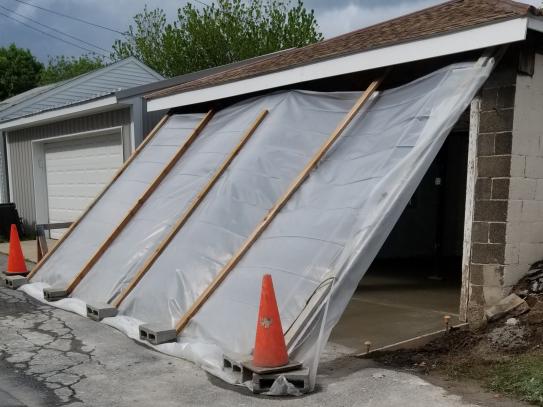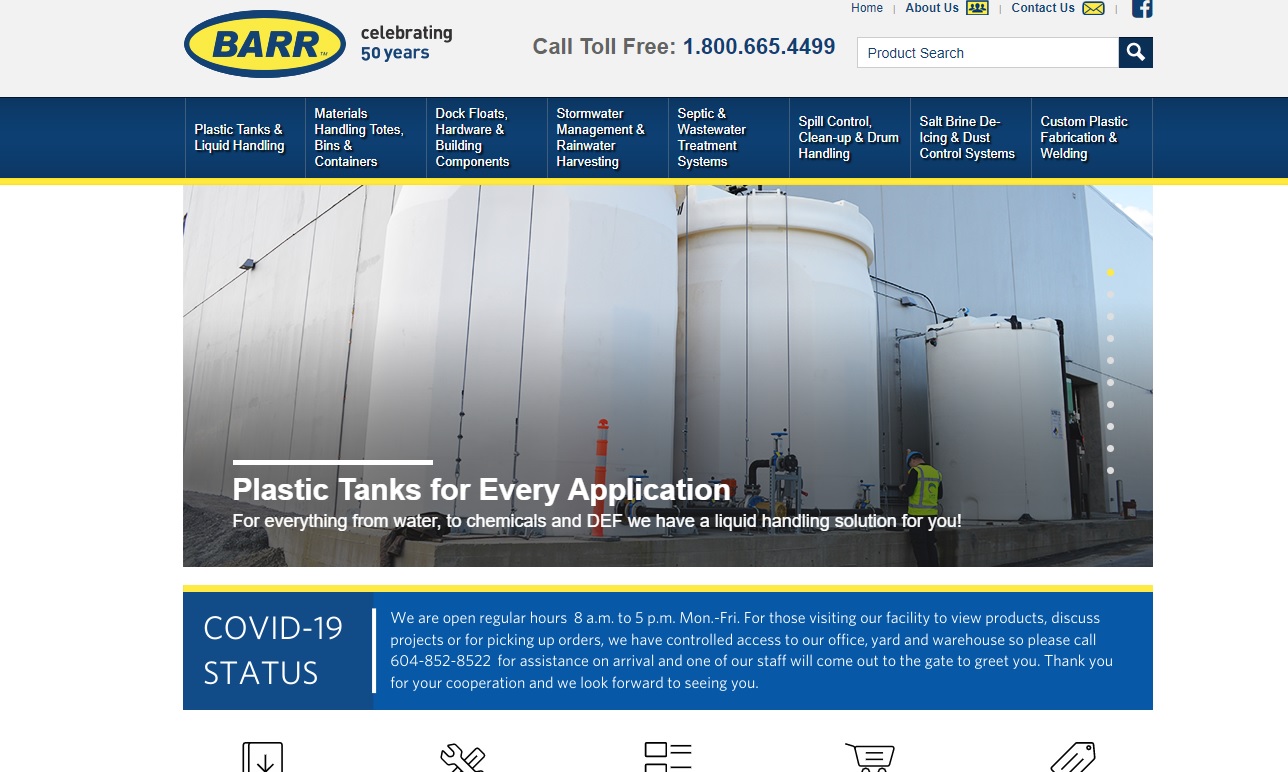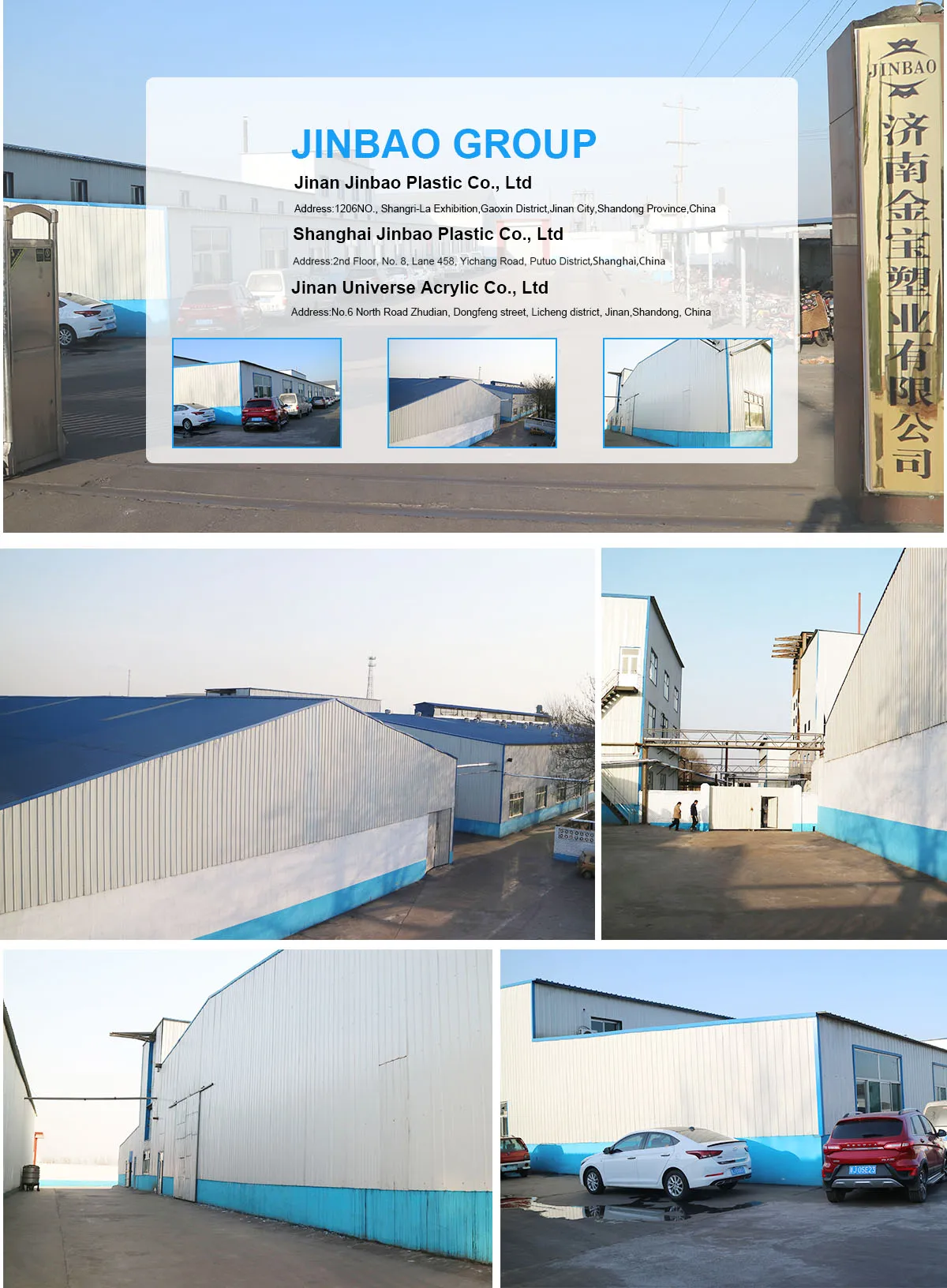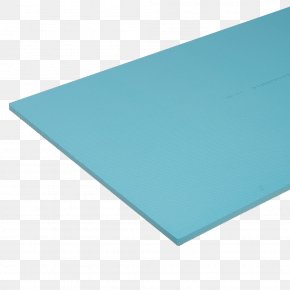The same chemical properties that make your boat extremely flexible and durable also prevent other materials from bonding to it.
Hdpe plastic sheets for conesand kayak bliuding.
Wood composite glass fiber aramid graphite rotomold thermoform and others.
I ve done a bit of repair work with star board.
The material that many plastic canoes and kayaks are made of is called high density polyethylene hdpe and it is an extremely difficult material to repair.
The difference between hdpe and other plastics is that the exterior surface of the plastic is very smooth making it somewhat difficult to bond with itself or other materials.
High density polyethylene hdpe aka hd has the distinction of being the strongest toughest most chemical resistant and least flexible of the four types of flexible plastic sheeting.
However recent innovations have created epoxy based glues that allow hdpe to be attached to other polymers such as pvc fiberglass and steel.
High density polyethylene lends itself particularly well to blow molding e g.
High density polyethylene hdpe is used for milk cartons fuel tanks and pipes.
It has high tensile strength is a stiffer material than ldpe lldpe giving a rigid feel to the boat has a good level of scratch resistance and good impact strength.
Hdpe or high density polyethylene is a thermal plastic made like any other plastic from petroleum.
It is also the most uv resistant holding up to the harsh rays of the sun without needing uv additives.
Density equal to or greater than 0 941 g cm3 is a much more suitable material for manufacturing kayaks.
Kayak building processes can be broken down by the different types of construction materials used to form the boat either in its entirety or by creating a deck and a hull and joining the two pieces together.
For bottles cutting boards dipping baskets dippers trays and containers.
It doesn t sand easily so make sure your machines are leaving as good a surface as possible.
Hdpe high density polyethylene.
Learn how to bond both low and high density polyethylene a thermoplastic material which can be challenging to bond with industrial adhesives with and without surface treatment.
It is often used as the material to make plastic pipes and tubes.
By beveling and rounding the edges of the joint with a sharp object sanding and flame treating the surface with a propane torch we effectively glued this plastic together.
To test g flex for this type repair we simulated splits in the bottom of a thermal formed plastic hull by edge gluing 1 8 thick high density polyethylene hdpe sheets.
Previously hdpe could only be welded together by melting the surface of the hdpe.
Permabond has developed a line of specialty acrylic adhesives which can form strong bonds to polyethylene without surface treatment.




























